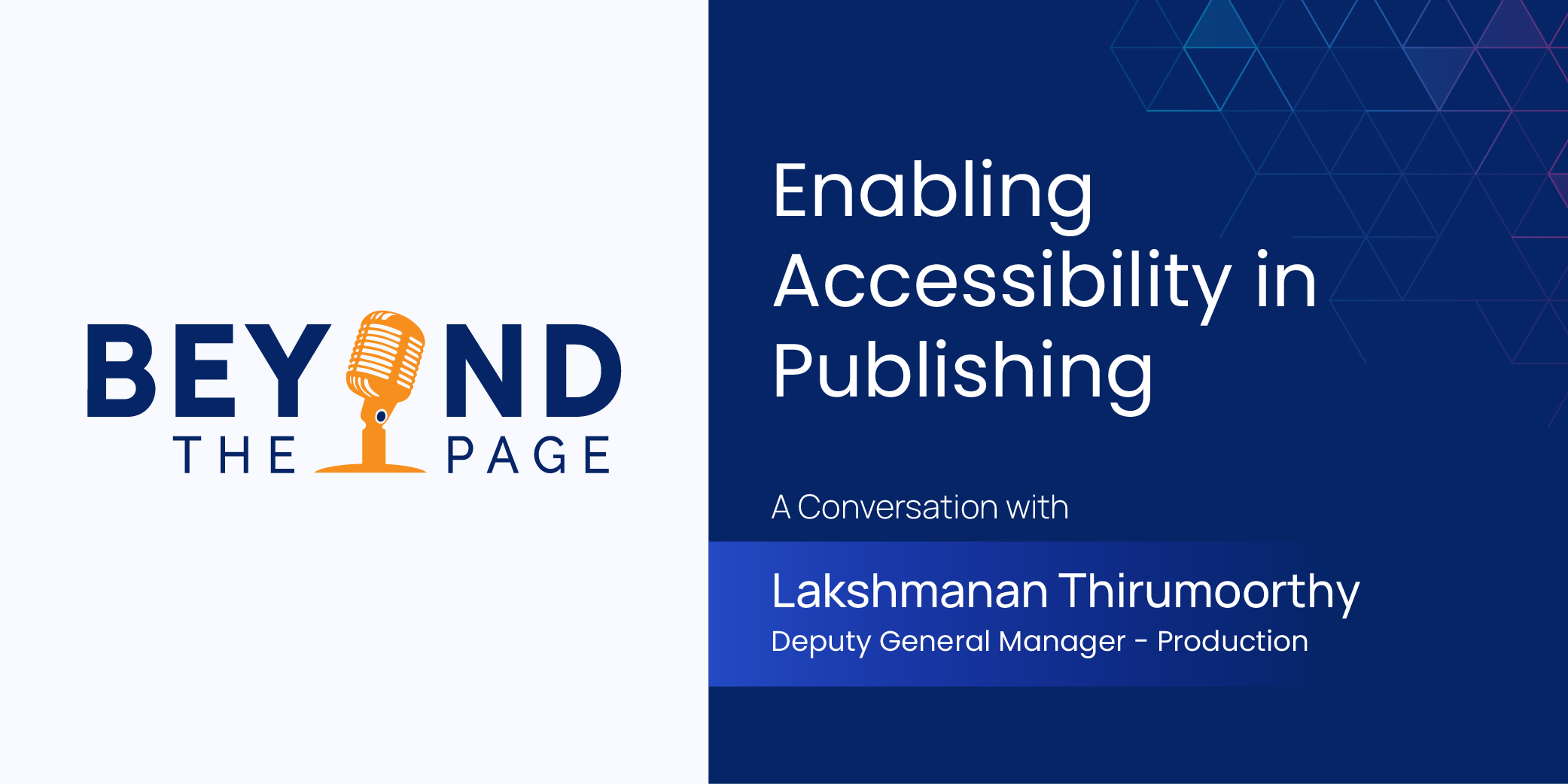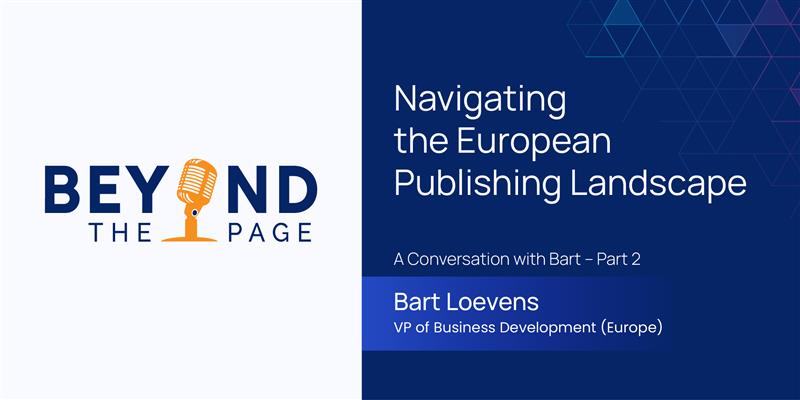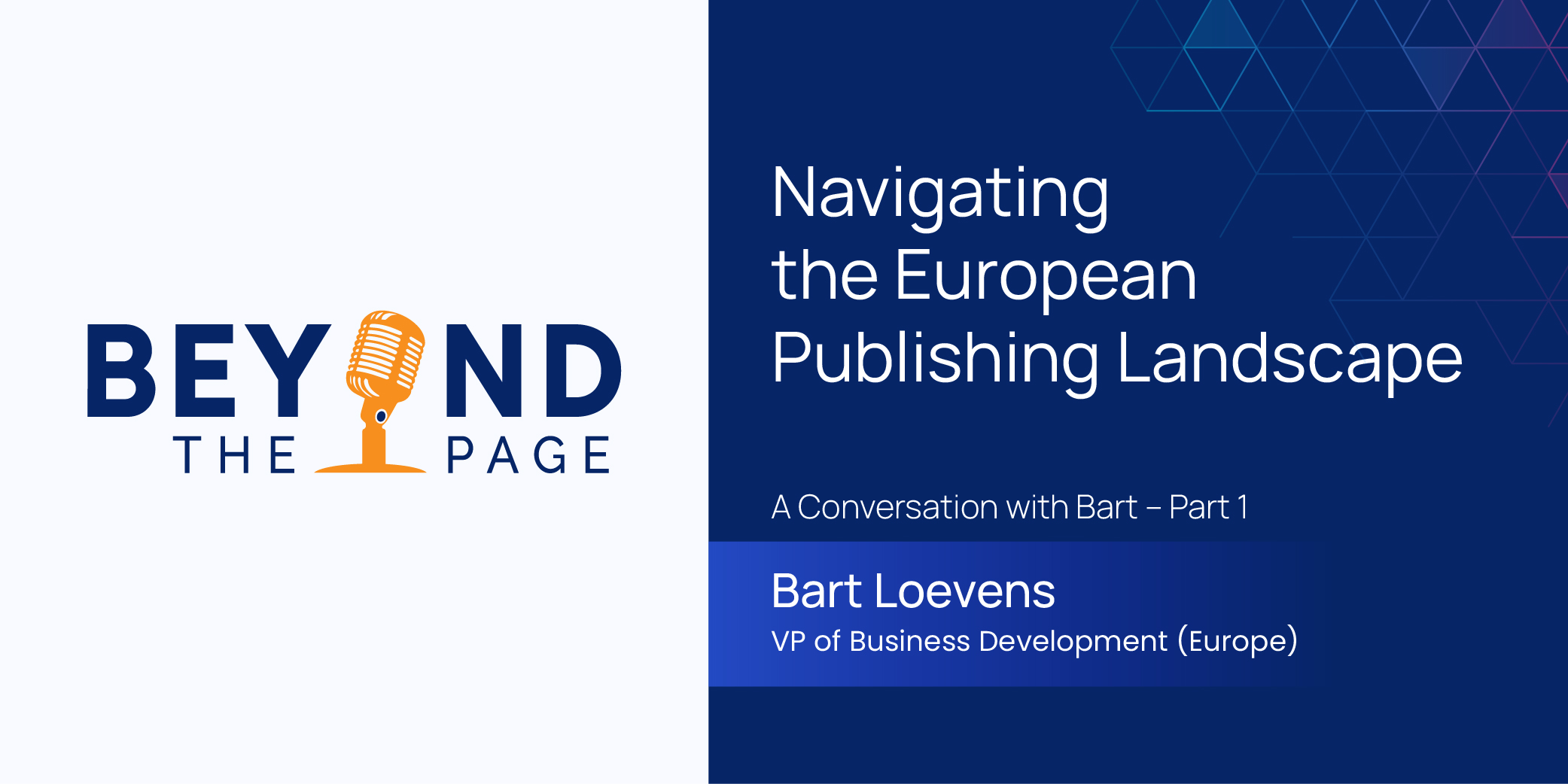Implementing DevSecOps in Highly Regulated Industries: A Proven Approach to Secure Innovation

Highly regulated industries, from finance and healthcare to aerospace and energy, face a unique challenge: balancing the need for rapid innovation with strict adherence to rigorous compliance standards. Traditional development methodologies often struggle to achieve this delicate equilibrium, leading to slow delivery cycles and security vulnerabilities. However, DevSecOps offers a compelling solution, enabling these industries to embrace agility without compromising security or regulatory compliance.
The Challenges of Achieving DevSecOps in Highly Regulated Environments
Implementing DevSecOps in regulated industries presents unique challenges. These industries often operate under strict regulatory frameworks that mandate rigorous security and compliance measures. For instance, healthcare organizations must adhere to HIPAA regulations, while financial institutions comply with PCI DSS standards. The complexity of these regulations can hinder the seamless integration of security practices into the development pipeline. Integrating DevSecOps into highly regulated environments presents distinct hurdles. Here are some key challenges:
- Balancing Speed with Compliance: Regulations often mandate lengthy audit trails, extensive documentation, and rigorous testing procedures, which can seemingly contradict the fast-paced nature of DevSecOps.
- Legacy Infrastructure: Many regulated industries rely on established, often complex legacy systems that may not readily integrate with modern DevSecOps tools and workflows.
- Security Concerns: Shifting security “left” in the development lifecycle can be met with apprehension, potentially creating friction between development and security teams.
Aligning DevSecOps with Regulatory Requirements: A Balancing Act
Despite these challenges, DevSecOps can be successfully implemented in regulated industries. Here’s how to achieve this crucial balance:
- Compliance-as-Code: Leverage Infrastructure as Code (IaC) tools to automate the provisioning and configuration of infrastructure, ensuring compliance from the outset.
- Shift-Left Security: Integrate security testing into the early stages of the development process, identifying and mitigating vulnerabilities early on.
- Auditable Workflows: Design DevSecOps pipelines that generate detailed audit logs, facilitating compliance reporting and demonstrating adherence to regulations.
Embedding Security Practices Throughout the DevSecOps Lifecycle
By fostering a culture of security awareness and implementing the following practices, DevSecOps can significantly enhance security posture:
- Static Application Security Testing (SAST): Automatically scan code for vulnerabilities at every stage of development.
- Security Champions: Empower developers to take ownership of security by creating a network of security champions within development teams.
- Threat Modeling: Proactively identify and mitigate potential security threats throughout the development lifecycle.
Fostering a Culture of Security-Conscious DevSecOps Teams
A successful DevSecOps implementation hinges on a cultural shift that prioritizes security throughout the development process. Here are some key strategies:
- DevSecOps Training: Educate development, operations, and security teams on DevSecOps principles and best practices, fostering collaboration and a shared understanding of security goals.
- Shared Performance Metrics: Establish performance metrics that incentivize secure coding practices, vulnerability identification, and timely remediation efforts.
- Open Communication: Encourage open communication between development, security, and operations teams, fostering a collaborative environment where security concerns can be addressed constructively.
Leveraging Tools and Technologies to Enable Secure DevSecOps Workflows
A robust DevSecOps toolchain empowers teams to automate security testing, compliance checks, and infrastructure provisioning. Some key categories of tools include:
- Configuration Management Tools: Automate infrastructure provisioning and configuration, ensuring consistent and compliant environments.
- Continuous Integration/Continuous Delivery (CI/CD) Pipelines: Automate the software build, test, and deployment process, enabling rapid iteration while integrating security testing throughout the pipeline.
- Security Information and Event Management (SIEM) Tools: Provide real-time insights into security threats and incidents, enabling faster response times.
Embracing DevSecOps to Drive Innovation and Maintain
In highly regulated industries, the adoption of DevSecOps is not just a technological shift but a strategic imperative. By embedding security into every stage of the development lifecycle, organizations can achieve the dual goals of innovation and compliance.
While the challenges are significant, the benefits of implementing DevSecOps are clear. Organizations can reduce the risk of security breaches, ensure continuous compliance with regulatory requirements, and accelerate the development process. By fostering a culture of security-conscious teams and leveraging the right tools and technologies, businesses can navigate the complexities of regulated environments and drive secure innovation.
For businesses looking to seamlessly integrate DevSecOps into their workflows, Integra offers comprehensive DevSecOps solutions. Our expert consulting, automation, implementation, and security services are designed to help you achieve regulatory compliance while fostering innovation. Learn more about how our tailored DevSecOps solutions can support your organization’s unique needs by visiting Integra’s DevSecOps Services. Embrace the future of secure development with Integra and stay ahead in the highly regulated industries.
News & Insights

Enabling Accessibility in Scholarly Publishing – A Conversation with Lakshmanan Thirumoorthy

Navigating the European Publishing Landscape – A Conversation with Bart – Part 2

